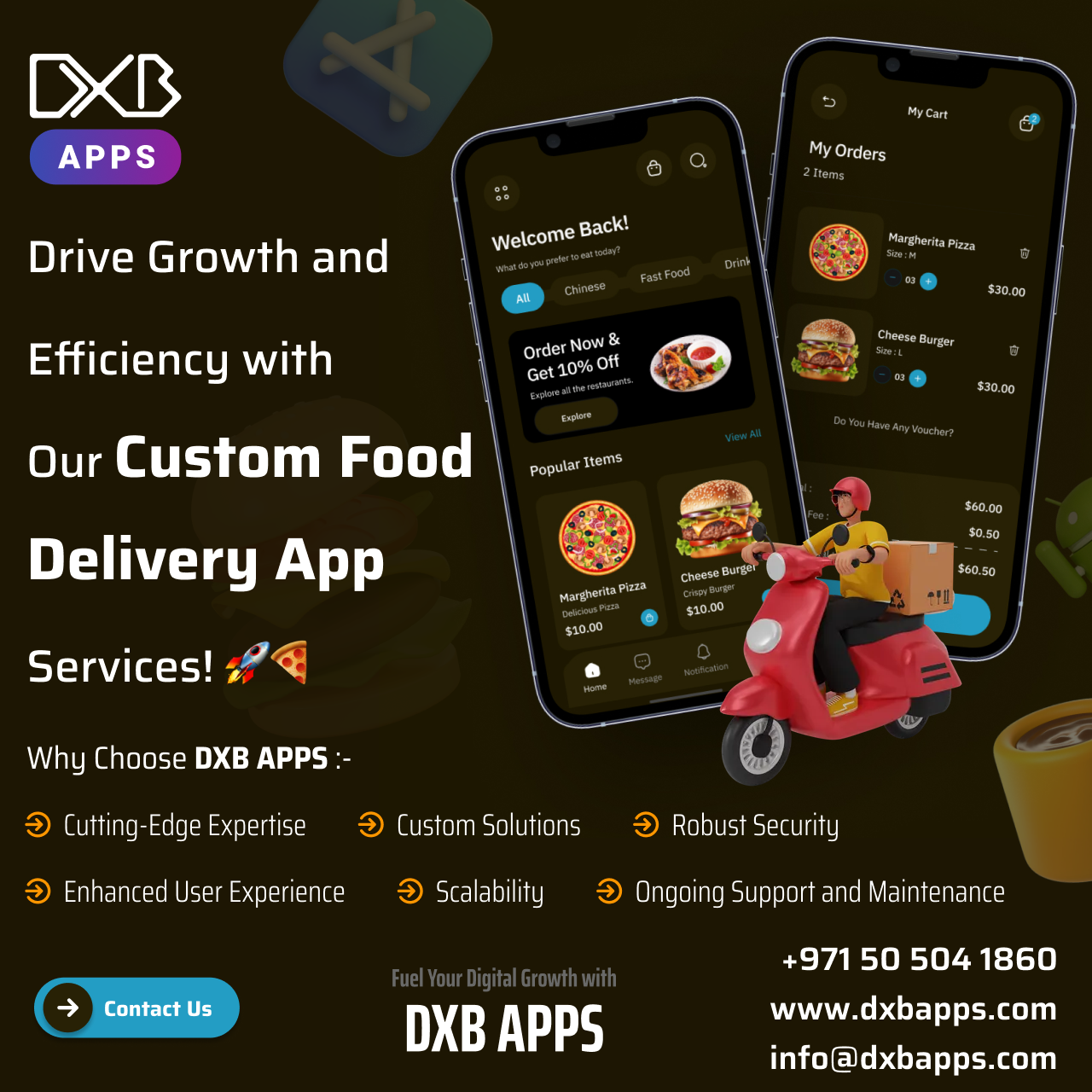In the fast-evolving digital world, having a strong online presence isn’t a luxury—it’s a necessity. However, many businesses dive into website development without fully understanding the process, leading to miscommunication, overspending, or missed goals. That’s why having the website development process explained in a transparent and structured way is crucial for success.
At CodeNeptune, a leading web development company based in Chennai, we believe that clarity fosters better collaboration and stronger digital outcomes. In this comprehensive guide, we walk you through our end-to-end website development process, breaking it down into actionable and understandable phases.
Phase 1: Discovery and Requirement Gathering
Every successful website begins with a clear purpose. In the discovery phase, our team at CodeNeptune works closely with the client to understand the business goals, target audience, competitors, technical requirements, and design preferences. This is where the foundation is laid.
We conduct stakeholder interviews, competitor analysis, and explore user personas to ensure the site we build aligns with both business objectives and user expectations. The outcome of this phase is a detailed project brief, timeline, and scope of work.
Phase 2: Planning and Strategy
Once we’ve collected the necessary insights, we move to the planning stage. This is where the website architecture is defined.
We create:
-
A sitemap outlining the main pages and hierarchy
-
A content plan indicating what goes where
-
A functionality checklist that highlights required features (e.g., contact forms, booking systems, payment gateways)
Our Chennai-based strategists also identify the best tech stack—whether it’s a custom CMS, WordPress, Laravel, or headless architecture—to ensure scalability and performance.
Phase 3: Wireframing and Design
Now that the structure is in place, our UI/UX designers begin wireframing the layout of key pages. These grayscale layouts focus on usability and content flow without visual distractions. Once approved, we move to full-color mockups incorporating brand guidelines, fonts, icons, and imagery.
The goal is to create a design that is:
-
Visually engaging
-
Easy to navigate
-
Optimized for mobile and desktop
-
Aligned with your brand identity
Having the website development process explained in design terms helps clients visualize how their ideas come to life at CodeNeptune’s design studio in Chennai.
Phase 4: Front-End and Back-End Development
With the designs finalized, our development team gets to work. This phase includes two primary streams:
Front-End Development
We convert the approved designs into functional code using HTML, CSS, JavaScript, and modern frameworks like React or Vue.js. Our focus is on responsiveness, load speed, and user experience.
Back-End Development
Simultaneously, our back-end developers build the server-side logic, integrate databases, set up CMS functionalities, and implement third-party APIs if required. We ensure that the website is secure, scalable, and capable of handling real-time data.
All development happens in a staging environment, so clients can see the progress before going live.
Phase 5: Content Integration
Content is king—and we treat it that way. In this phase, we upload, format, and optimize all text, images, videos, and interactive elements according to the content strategy.
Whether you’re using your own copy or taking help from our in-house content writers in Chennai, we ensure:
-
SEO-friendly formatting
-
Keyword optimization
-
Readability across all devices
-
Strategic placement of CTAs (Call to Action)
Our team also checks for broken links, placeholder text, and visual inconsistencies to maintain quality.
Phase 6: Testing and Quality Assurance
Before any website goes live, it must undergo rigorous testing. At CodeNeptune, our QA team performs multi-device, multi-browser testing to ensure consistency across platforms. We test for:
-
Mobile responsiveness
-
Load speed and performance
-
Form functionality
-
Navigation behavior
-
Broken links and 404 errors
-
Security vulnerabilities
-
SEO and metadata accuracy
We also conduct user testing sessions where real users interact with the site and provide feedback. This step helps fine-tune the experience before launch.
Phase 7: Launch and Deployment
After passing all tests and getting client approval, it’s time to go live. Our deployment process is smooth and monitored closely to avoid disruptions. We set up domain configurations, SSL certificates, CDN if needed, and migrate the staging version to the production server.
But we don’t just walk away after launch. We stay on board to monitor site uptime, fix post-launch bugs, and ensure search engines index your website correctly.
Phase 8: Post-Launch Support and Maintenance
Launching your site is just the beginning. At CodeNeptune, we offer post-launch support packages that include:
-
Website updates
-
Security patches
-
CMS training
-
Monthly performance reports
-
SEO audits and improvements
This phase ensures that your website continues to perform optimally and evolves with your business goals.
Why Transparency Matters in Website Development
Many companies are left frustrated during a web project because they never had the website development process explained in clear, practical steps. At CodeNeptune in Chennai, we believe in educating our clients as much as building for them. When you understand how things work, you make better decisions, allocate your budget wisely, and avoid costly revisions.
We don’t just develop websites—we build long-term digital partnerships based on clarity, quality, and trust.
Learn More
If you’re planning a new website or revamping an existing one, understanding the full development journey is your best first step. We invite you to explore our detailed blog on this very topic:
👉 Read: Website Development Process Explained
This in-depth article will give you greater insight into how we at CodeNeptune approach website development—from planning to post-launch.
Let’s make your next website your best one yet.


